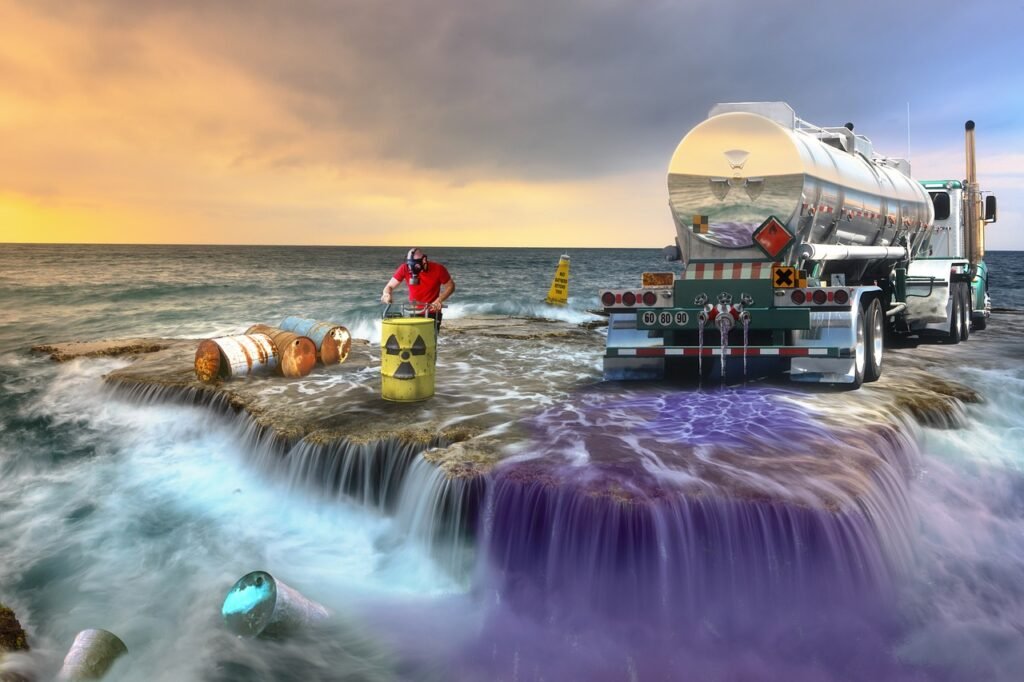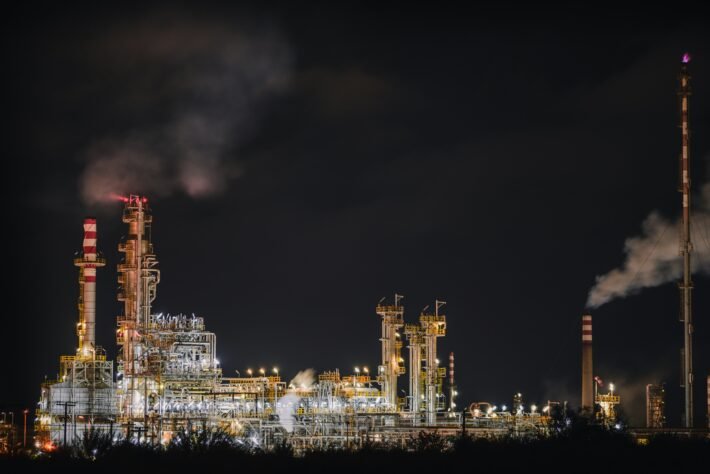Environment

Labio acknowledges the significant environmental threat posed by greenhouse gases (GHGs) such as carbon dioxide, methane, and nitrous oxide. Climate change is not a distant future concern; it is actively occurring. Labio recognizes its pivotal role in the ongoing global effort to combat climate change and protect the environment. We contribute to this cause by delivering advanced gas analysis tools to researchers and research groups worldwide.
Enhancing Awareness of Climate Change and Environmental Impact
Greenhouse gases disrupt the Earth’s radiative balance, trapping outgoing energy and altering the equilibrium between solar input and Earth’s emissions. These changes contribute to shifts in global climate and weather patterns, exerting a substantial impact on the environment. Labio is committed to facilitating a comprehensive understanding of the mechanisms behind these greenhouse gases.
Our gas analysis solutions are crafted to aid in safeguarding the environment by elucidating the intricate processes involving land and livestock management. Research on how these factors influence gas balance forms the foundation of our efforts. Labio’s cutting-edge gas analyzers designed for environmental monitoring empower customers to achieve their research objectives reliably and cost-effectively.
As a technology-driven company, we acknowledge the transformative power of our solutions in redirecting the course of global warming. Labio is dedicated to supporting climate change research and believes that our advanced technologies can play a pivotal role in addressing the challenges posed by environmental shifts.

Gas Analysis Across Diverse Applications
In various applications, gas analysis plays a pivotal role. Biological and abiological processes in the soil emerge as a notable source of greenhouse gases. A crucial aspect of climate change research involves measuring soil flux—the exchange of gases like carbon dioxide (CO2), methane (CH4), and nitrous oxide (N2O) between the soil and the atmosphere.
Ruminant livestock contribute significantly to anthropogenic greenhouse gas (GHG) emissions, primarily methane (CH4), owing to their digestive processes. Utilizing a portable multigas analyzer enables researchers to measure and comprehend these greenhouse gas emissions from livestock, providing valuable tools for on-field understanding and analysis of these processes.
INSCAN for Gas Analysis
Among the most dependable and adaptable technologies for gas analysis is NDIR and UV spectroscopic analysis. This robust gas measurement technology allows for the simultaneous measurement of multiple gases. The unique capability stems from scanning the entire infrared spectrum and UV spectrum at once, enabling the simultaneous measurement of all gases in the sample. This characteristic not only facilitates initial measurements but also enables the subsequent analysis, identification, and quantification of additional gas components.




